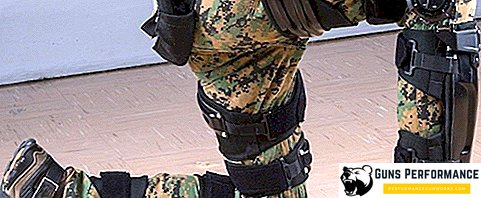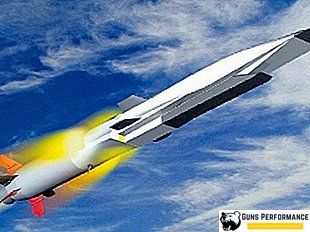
The US Army began testing the ONYX exoskeleton developed by Lockheed Martin. It supports the lower part of the human body and can greatly facilitate the life of a soldier during complex forced marches, crossings in the highlands. The engineers of the development company believe that in the future their invention will be useful not only to the military, but also to workers in heavy industries, as well as people who have suffered injuries of the musculoskeletal system.
Such a "device" will not turn an ordinary infantryman into a superhero, but will greatly add him endurance and strength. If an average soldier can perform 26 squats with a weight of 84 kg, then using the exosuit he will easily perform this exercise 72 times.
Exoskeletons: fiction that comes into our lives
For the first time an exocostuit was described by the American writer Robert Heinlein in his cult novel "Star Troopers". The military liked this idea, but we were able to approach its practical implementation only in recent years.
ONYX is a computer-controlled electromechanical system that optimally distributes the load during a period of increased physical activity. This is not the first Lockheed Martin experience in this area: the company's previous development was called the Human Universal Load Carrier and supported the entire body. ONYX covers only the legs and lower back, which makes this exoskeleton easier and significantly saves battery power. As standard, it lasts for 6-8 hours of work.
The design is tight to the body and does not hinder movement at all. It is suitable for performing any tasks, rather than a specific list of them, which is a serious disadvantage of such products. The exoskeleton is controlled by artificial intelligence, which helps it to “predict” the future movements of the host and act in unison with the person.
The US military is now testing ONYX in conditions that are very similar to the relief of Afghanistan. While we are not talking about the conclusion of the contract, because the work on the exoskeleton is still ongoing and it is not yet clear how much they will cost. But another thing is quite obvious: technologies that were previously considered fantastic are already coming into our lives. Most likely, in a few years exocosuits will begin to enter the armies of the world, and then they will find their application in the "citizen".












